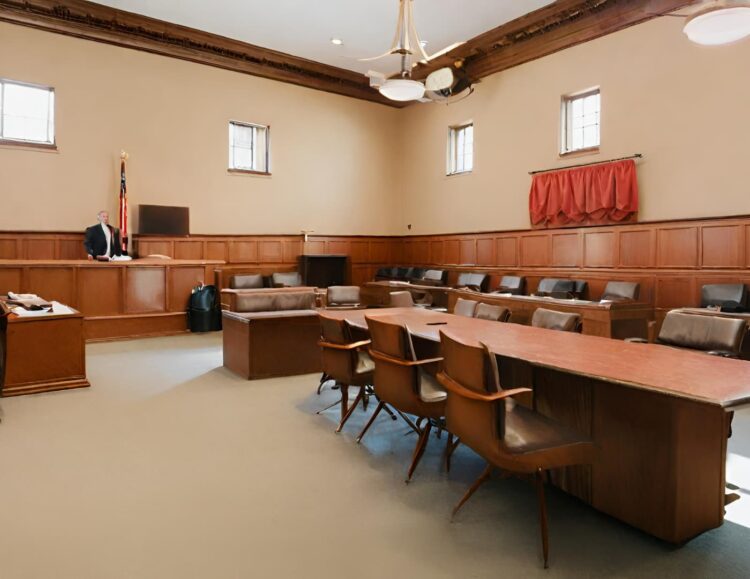Conservatorships, a legal mechanism designed to provide care and support to individuals who may be unable to make critical decisions independently, have a significant impact on the lives of those involved. However, understanding how conservatorships can come to an end, especially in the context of the question, “does conservatorship end at death?” is essential. In this comprehensive article, we will delve deeper into the role of probate courts in managing conservatorships and explore the various processes involved in conservatorship termination.
Understanding Conservatorships
A conservatorship, often referred to as a guardianship in some jurisdictions, is a legal arrangement where a responsible individual, known as a conservator, is appointed by the court to make decisions on behalf of someone who is deemed unable to do so independently. These decisions can encompass healthcare choices, financial matters, and daily life arrangements.
The conservatorship process typically begins when concerned parties, such as family members or friends, petition the court to establish a conservatorship. This petition triggers a thorough evaluation by the court to determine the necessity of the conservatorship and the suitability of the proposed conservator.
The Role of Probate Courts
Probate courts serve as the cornerstone of the conservatorship system. They assume a critical role in overseeing conservatorship proceedings, ensuring that the conservator acts exclusively in the best interests of the individual under their care. The court’s impartial stance is pivotal in safeguarding the rights and well-being of the person under conservatorship.
The court’s responsibilities include:
Appointment of Conservators: The court is responsible for appointing a conservator based on a careful assessment of the individual’s needs and the qualifications of the proposed conservator. The appointed conservator becomes a legally recognized guardian.
Oversight and Accountability: Once the conservatorship is established, the court continues to monitor the conservator’s actions to guarantee compliance with the law and the individual’s best interests. Regular reporting and accounting are typically required.
Determining Termination: The court has the authority to determine when and under what circumstances a conservatorship should terminate. This decision may hinge on various factors, including improvements in the individual’s capacity to make decisions, changes in their circumstances, or, ultimately, their passing away.
Conservatorship Termination
Conservatorships can terminate for various reasons, each necessitating specific legal procedures and considerations. Understanding how and when conservatorships end is essential for those involved:
Improvement in Capacity: When the individual under conservatorship demonstrates significant improvement in their ability to make decisions and manage their affairs, the court may consider terminating the conservatorship. This situation underscores the court’s commitment to respecting the individual’s autonomy.
Changes in Circumstances: Conservatorships may no longer be necessary if the individual’s circumstances change. For example, if they regain financial stability or have a supportive network that can assist them, the court may reevaluate the need for a conservatorship.
Passing Away of the Individual: One of the key factors determining conservatorship termination is the individual’s death. When the conservatee passes away, the conservatorship typically ends. However, there are still legal procedures and responsibilities to navigate, including estate matters and final accounting.
Planning for Conservatorship Termination
Planning for the end of a conservatorship is a proactive step that can greatly benefit individuals and their families. It involves careful consideration of the individual’s future needs and wishes, particularly if they are nearing the end of their life. Consultation with a conservatorship lawyer is strongly recommended to ensure that all legal requirements are met during this transition.
When planning for conservatorship termination, several key steps should be considered:
Review of Legal Documents: Carefully review the legal documents that established the conservatorship. These documents may contain specific instructions regarding termination.
Notification of Relevant Parties: Notify all relevant parties, including the court, other interested individuals, and institutions, of the conservatee’s passing and the impending termination of the conservatorship.
Final Accounting: Prepare a final accounting of the conservatee’s assets and financial transactions during the conservatorship period. This accounting will be submitted to the court for approval.
Distribution of Assets: Determine how the conservatee’s assets will be distributed, whether through a will, trust, or intestate succession (if there is no will).
Closure of Conservatorship: Petition the court for the formal closure of the conservatorship. This may involve submitting the final accounting and any necessary supporting documents.
Conclusion
Understanding the role of probate courts in conservatorship management and the various processes involved in conservatorship termination is essential for individuals and families navigating these complex legal arrangements. Whether you are in California or any other location, seeking legal counsel from a conservatorship lawyer, such as a conservatorship lawyer California, can provide invaluable guidance. Planning for conservatorship termination is a responsible and compassionate step toward ensuring the best possible outcome for the person under conservatorship and their loved ones.
In conclusion, conservatorships are established to provide care and support to individuals who may be unable to make important decisions independently. However, it’s equally crucial to understand the processes involved in conservatorship termination, especially in the context of the question, “does conservatorship end at death?” Probate courts play a pivotal role in overseeing conservatorships and determining when and how they should terminate. Planning for conservatorship termination is a responsible and compassionate step that can greatly benefit individuals and their families, ensuring a smooth transition and the fulfillment of the conservatee’s wishes.
